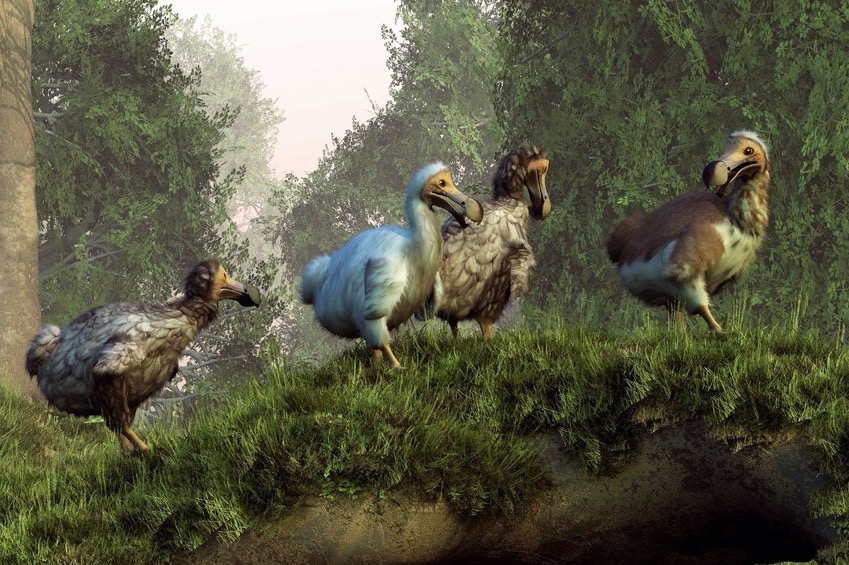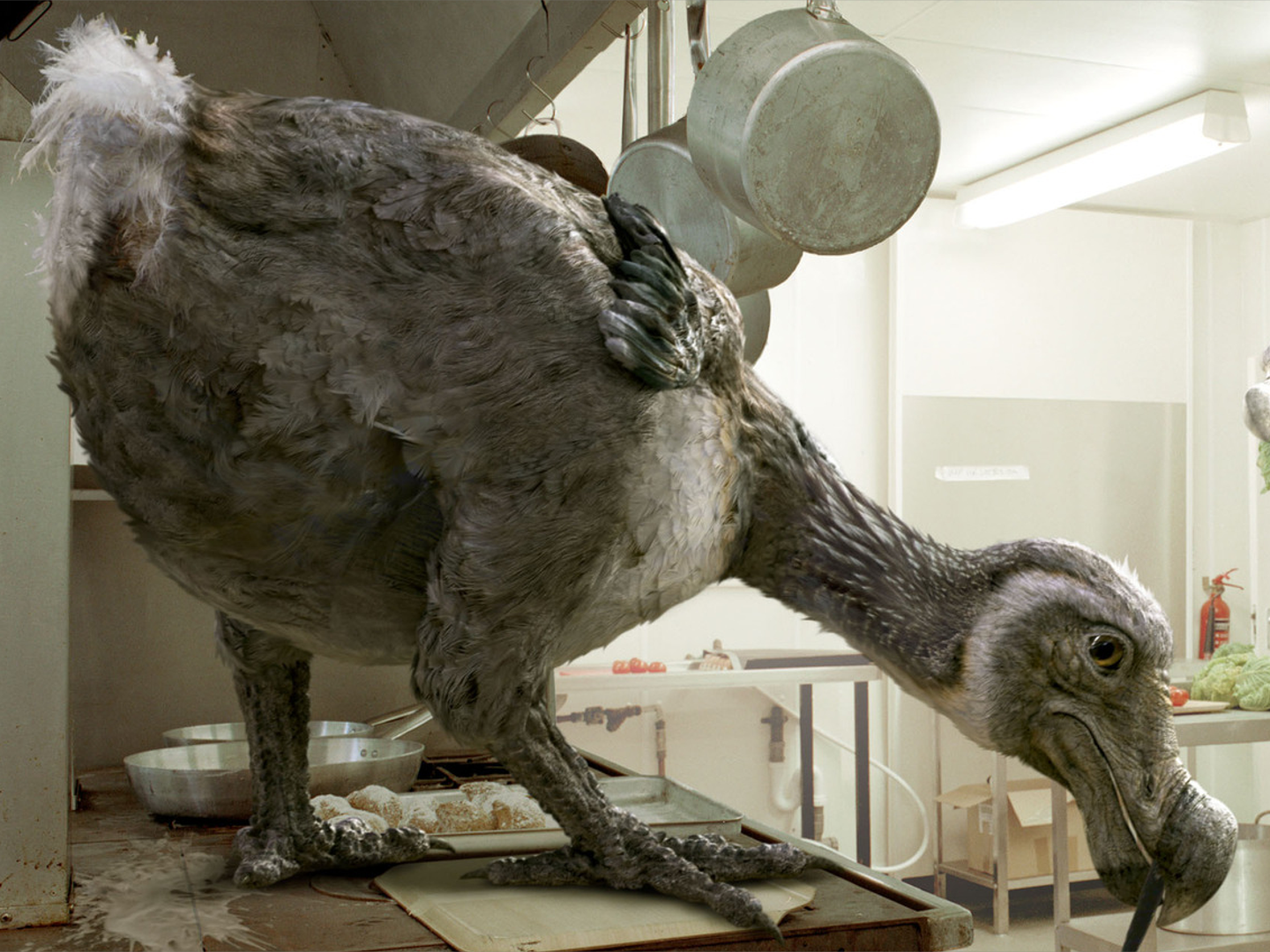
This doesn’t require any genetic modification - a close relative of the extinct species is bred for various ancestral traits, including certain behaviors or physical characteristics. First off, there’s old-fashioned selective breeding. There are three ways to “de-extinct” a species. “Everybody has heard of the dodo, and everybody understands that the dodo is gone because people changed its habitat in such a way that it could not survive.” How it worksĬolossal Biosciences is using CRISPR to create hybrid animals with genomes that resemble extinct species. “The dodo is the icon of human-caused extinction,” she says. Now, a revived dodo-like animal could help fight off invasive species on Mauritius and benefit the ecosystem as a whole, according to Shapiro. “The dodo is the icon of human-caused extinction.” student at Oxford University, where she pinpointed the Nicobar pigeon as the dodo’s closest living relative. This work was two decades in the making, beginning when Shapiro was a Ph.D. Last March, Shapiro announced that she and her colleagues had become the first to sequence the entire dodo genome. The flightless bird lived on the island of Mauritius and went extinct in the latter half of the 17th century due to human activities like hunting and deforestation. While the long-gone pigeon relative is widely regarded as a clumsy and ignorant creature, it was actually pretty smart and resilient. Last year, Shapiro announced that she and her colleagues had become the first team to sequence the whole dodo genome. “Colossal will remind people not only of the tremendous consequences that our actions can have on other species and ecosystems, but also that it is in our control to do something about it,” Beth Shapiro, a biologist at the University of California, Santa Cruz, and a member of Colossal’s scientific advisory board, tells Inverse. The new mammoth could, for example, maintain grasslands that guard the Arctic’s thawing permafrost.Īnd if the company can overcome some of the barriers that prevent CRISPR from being used ubiquitously - such as the limited amount of DNA that can be edited at once - then the team claims it could share these possible breakthroughs with other fields like medicine or the conservation of still-living birds. These hybrid creations could protect their former habitats from the impacts of climate change, Colossal claims on its website. To support its expanding mission, Colossal recently raked in $150 million in investments (including cash from a CIA-funded venture capital firm). Now, the company says it plans to add the dodo to its hyped-up de-extinction portfolio, according to a recent announcement.

More specifically, Colossal’s team will swap out certain elephant genes for woolly mammoth ones.Ĭolossal is pursuing a similar approach with the Tasmanian tiger, a long-gone meat-eating marsupial that resembled a wolf with zebra stripes.



So the company will use CRISPR technology to tinker with the genome of the Asian elephant, the closest living woolly relative, to reflect that of the mammoth. Biologist Beth Shapiro (left) and Colossal Biosciences co-founder and CEO Ben Lamm (right) recently announced the company’s aim to resurrect the dodo.


 0 kommentar(er)
0 kommentar(er)
